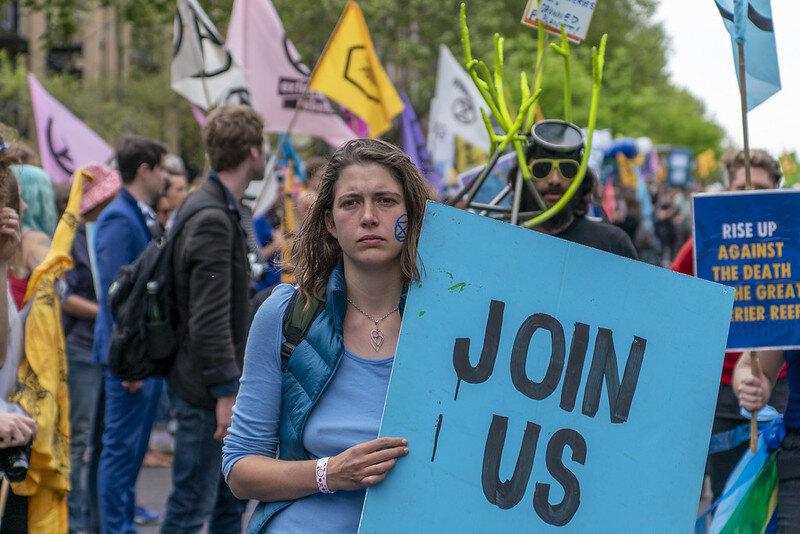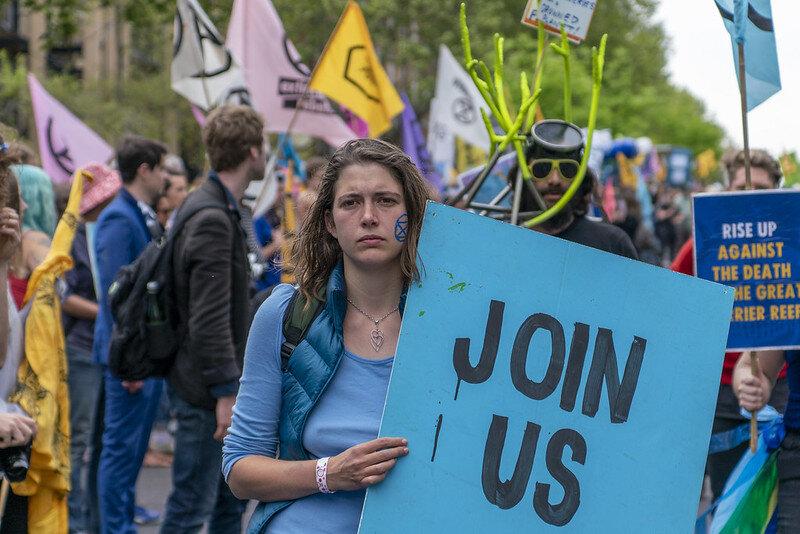Ever since the first COVID-19 shelter-in-place orders rolled out across the globe, greenhouse gas emissions have plummeted, opening up a unique opportunity for some redemption in the Earth’s impending climate crisis. Despite the good news, experts are saying this progress will have no effect on the planet’s rising temperatures.
Amidst all the destruction COVID-19 brought to countries around the world, the resulting lack of CO2 emissions was the light at the end of the tunnel for many. Unfortunately, with the drop in emissions, came the complicated downturn of economies across the globe–economies that rely on fossil fuel corporations to keep them afloat. According to CNN, “Global greenhouse gas emissions have fallen due to coronavirus lockdowns. The current economic downturn means future emissions are projected to be slightly lower, but the recent decline won’t have any real impact on long-term climate change.”
“The United Nations says it is necessary to phase out fossil fuels to stop catastrophic man-made climate change. But getting rid of them is going to be hard,” CNN reports. They also explain that the decline in emissions, while significant, is virtually obsolete overall, because countries around the world are turning to fossil fuels to save their economies. Fossil fuels are deeply rooted in nearly every country’s economy. They provide jobs, effective energy, and the large corporations managing them pay large taxes, so they tend to be heavily involved in politics and provide large amounts of donations towards government funding. This makes it especially difficult to eliminate their use completely.
The Climate Action Tracker, a website that provides climate change data, reports that projected CO2 emissions are far too high to prevent the warming of the globe by one and a half degrees celsius, which is the point of no return. A one and a half degree rise in the Earth’s temperature would result in dying ecosystems, more frequent and intense natural disasters, and rising oceans that will begin to swallow cities–and this is just for starters. Currently, Climate Action Tracker shows that the global projections of CO2 emissions will sit at 50 gigatons by the year 2030, and to prevent irreversible damage to the planet, that number will need to be about 25.
In Sonoma County, many local organizations are coming together to help reduce greenhouse gas emissions and slow the effects of climate change. Sonoma County’s 2020 Climate Action Resolution plan outlines an extensive list of guidelines and goals, all with the intention of “…Reducing greenhouse gas emissions by 40% below 1990 levels by 2030, and 80% below 1990 levels by 2050.” Said list includes actions such as increasing energy efficiency in buildings, switching from fossil fuels to electricity, as well as increasing the use of renewable energy in water and wastewater systems.
Sonoma State is doing their part in saving the planet, as well. In an email sent out to the entire campus community, SSU explains, “Our ‘stacked’ challenges of COVID-19, fire season, enrollment shortfalls, and budget cuts cannot prevent us from pursuing our commitment to the future.” The email goes on to list the various ways the university is actively working towards a more sustainable campus, such as reducing greenhouse gas emissions by installing solar panels. Installation of the panels will make SSU the largest solar energy producer in the entire CSU system.
To learn more about sustainability at SSU, visit www.sustainablessu.sonoma.edu. To learn more about what Sonoma County is doing to fight climate change, visit www.sonomaecologycenter.org/climate. To learn more about global climate change and what you can do to help, visit www.climate.nasa.gov.





![[Both photos courtesy of sonoma.edu]
Ming-Ting Mike Lee stepped in as the new SSU president following Sakakis resignation in July 2022](https://sonomastatestar.com/wp-content/uploads/2024/04/CC4520AB-22A7-41B2-9F6F-2A2D5F76A28C-1200x1200.jpeg)



























